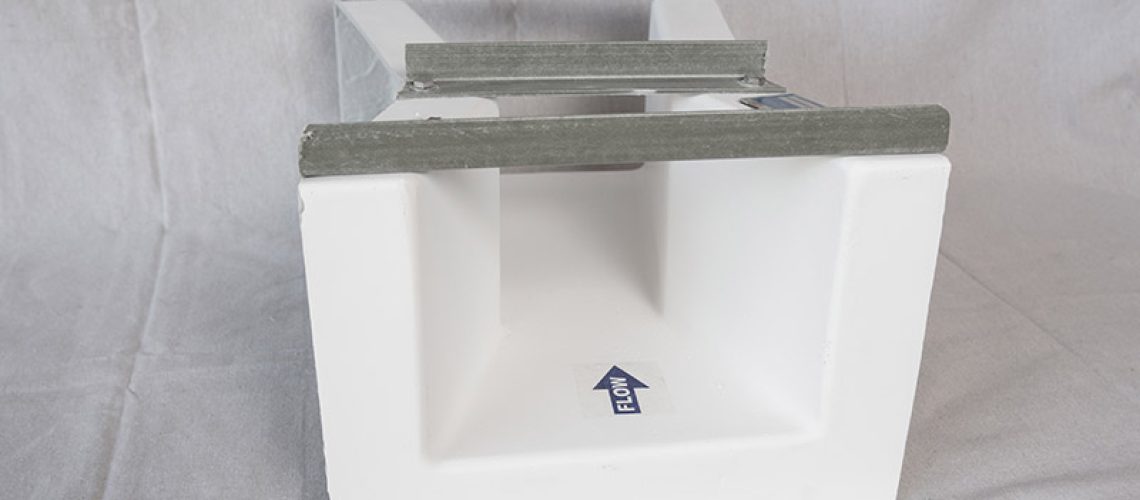When you’re dealing with dam seepage, flow measurement efforts get a bit complicated. The sediment that comes from a dam flow can be a hassle to deal with, adding an extra layer of trouble to your measurement efforts. Despite this, monitoring dam seepage is one of the most important factors in measuring the overall health of a dam. When you use a weir or flume to measure flows from dams, there are a few factors to keep in mind. Here are the top considerations for measuring seepage flows.
Capturing Sediment
When you implement a weir box for flow rate measurement, one of the biggest problems is the capturing of sediment. When you’re working with seepage flows, however, this drawback is actually an advantage. Instead of passing right through like it would with a flume, the sediment will collect at the bottom of the weir pool. Even larger sediment can get caught by the weir plate or any flow-altering baffles.
If you do utilize a flume, however, a Parshall flume can be outfitted with equipment that allows for the capturing of sediment. You can opt for secondary containment measures either upstream or downstream of the flume, provided the upstream approach conditions facilitate a subcritical flow. Alternatively, you can opt for a different style of flume that uses a riser box on the approach, which essentially functions as a weir pool would.
Accurate Measurements
The purpose of any flume or weir is to provide accurate flow measurements, so that should always be the top priority for any kind of installation. When you’re measuring seepage flows, you’ll need to be as accurate as possible if you’re measuring overall dam health. While weirs are commonly considered to be more accurate than flumes, that’s not always the case.
Weirs are certainly accurate when applied correctly. With a flow rate of 3.99 gallons per minute or a bit more, accuracy can be as precise as +/- 2% with a 0.2-foot head. For a slower flow rate, however, you’ll need to opt for a flume. For example, a 1-inch Parshall flume can offer +/- 3%-5% accuracy for a flow of 1.46 gpm. HS flumes can measure even slower flow rates, including one as low as 0.0718 gpm with an accuracy of +/- 3%. While that’s not as accurate as a weir at its best, it’s as accurate as you’ll get for a flow rate that low.
Installation Area
To get the most out of any flume or weir box, you have to make sure that the installation area has enough space. Dam seepage often requires that measurement devices deal with both low and high flow rates. That means the weir pool needs to be the proper size, which is typically relatively large. Be prepared to make some space if you’re looking for a new installation. Flumes tend to have smaller space requirements overall, but remember the superior accuracy of weirs in certain conditions.
Measure Seepage Flows With Tracom
With all the considerations for measuring seepage flows in mind, you can get a weir box or flume for yourself with Tracom. Our team can work with you to design a custom piece perfectly suited for your unique flow conditions. Contact us today to get started!


